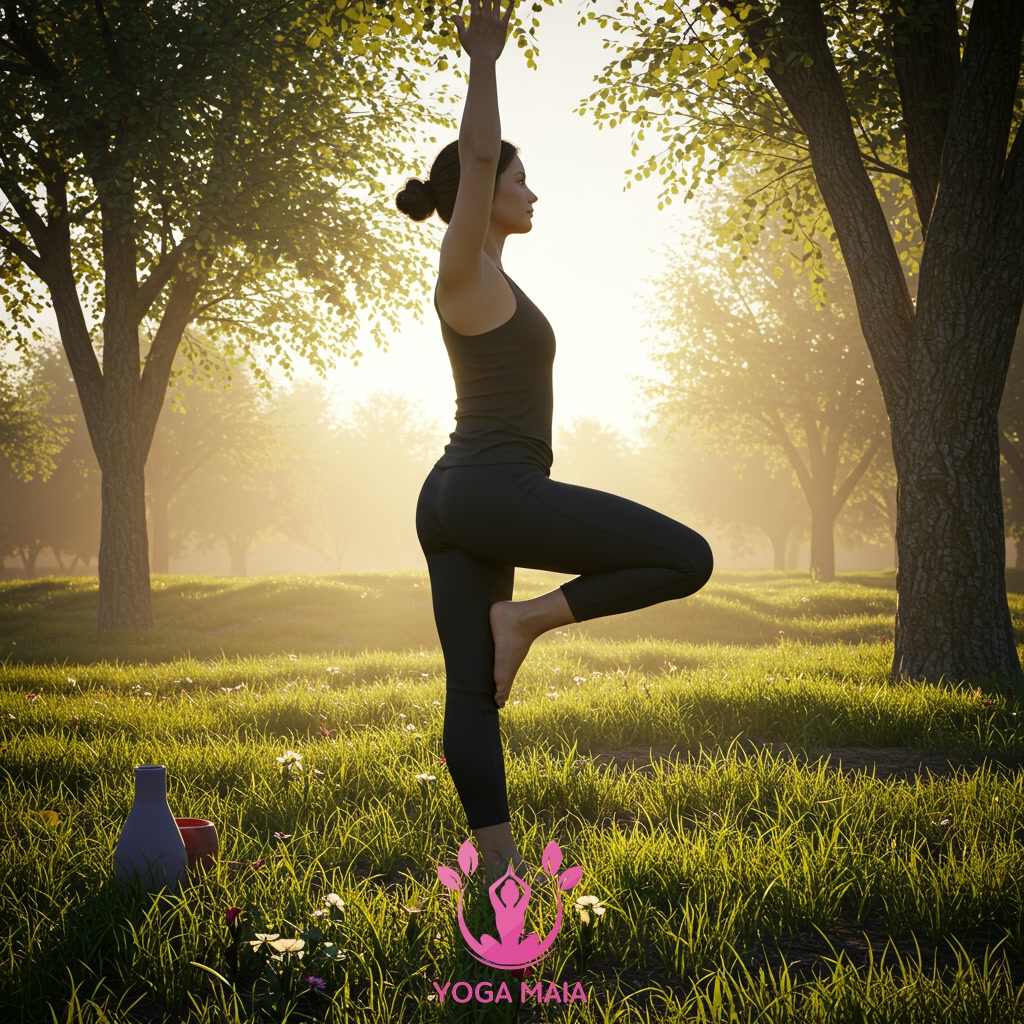Yoga Blog
Rooting Down: Using Yoga to Enhance Grounding and Stability
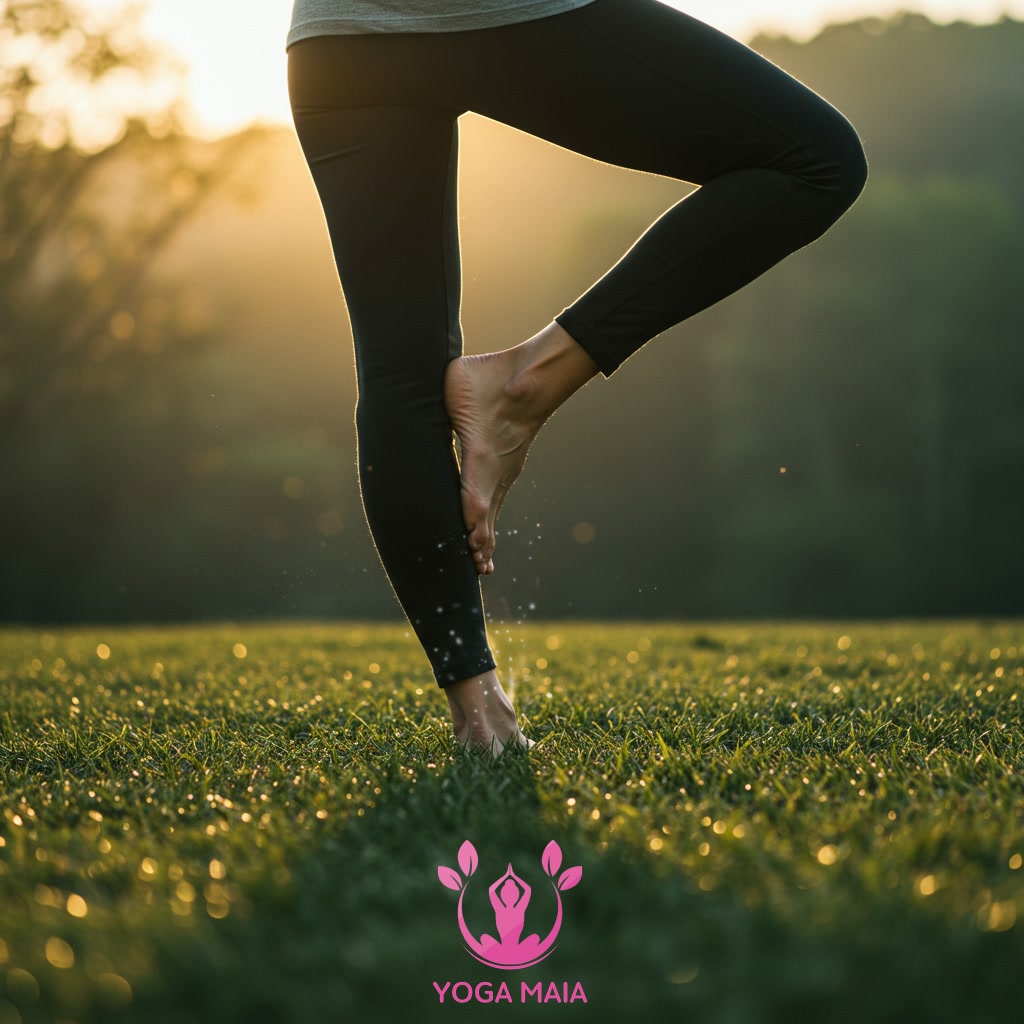
This content explores how specific yoga practices can significantly enhance an individual’s sense of grounding and stability. It details techniques within yoga that promote a feeling of being rooted and connected, both physically and emotionally. The focus is on using physical postures and breathwork to cultivate inner balance and steadiness, ultimately leading to improved security and presence.
Table of Contents
- Section 1: Understanding Grounding and Stability
- Section 2: The Connection Between Yoga and Grounding
- Section 3: Key Yoga Poses for Cultivating Rooting
- Section 4: Using Breath and Awareness for Stability
- Section 5: Integrating Grounding Principles Beyond the Mat
- Section 6: Conclusion: Embracing a More Grounded Existence
Section 1: Understanding Grounding and Stability
Grounding and stability are foundational concepts for well-being, impacting our physical, mental, and emotional states. Grounding refers to a feeling of being fully present and connected to the earth or the reality of the current moment. It’s like having strong roots that anchor you, preventing you from being easily swayed by external pressures or internal anxieties. Stability, on the other hand, relates to a sense of inner balance and steadiness. When you are stable, you possess the resilience to navigate life’s challenges without losing your center. Cultivating these qualities allows us to feel more secure, focused, and capable of responding thoughtfully rather than reacting impulsively. Understanding what it means to feel grounded and stable is the crucial first step in learning how practices like yoga can help build these states within us.
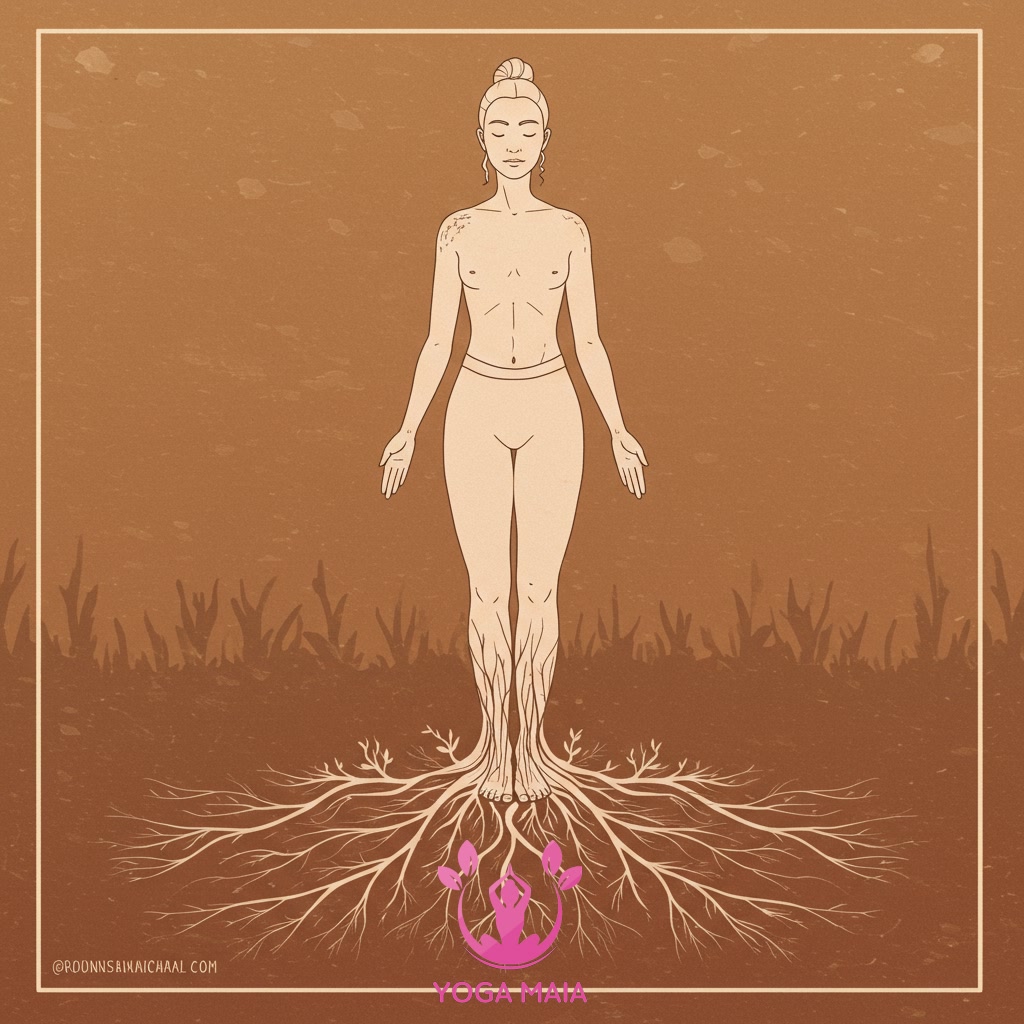
Section 2: The Connection Between Yoga and Grounding
Building on the idea of grounding as presence and connection, yoga offers a practical pathway to cultivate this state within the body and mind. Through specific physical postures, known as asanas, yoga encourages practitioners to feel their feet rooted firmly on the earth and sense the stability of their stance. Poses like Mountain Pose (Tadasana) or Warrior II (Virabhadrasana II) are designed to build a strong foundation, directly translating to a physical sense of being grounded. Complementary to the physical practice, mindful breathwork (pranayama) further anchors awareness in the present moment, reducing mental scattering and fostering inner steadiness. This combination of physical rootedness and mental presence is precisely how yoga helps individuals enhance their innate capacity for grounding and stability.

Section 3: Key Yoga Poses for Cultivating Rooting
Within the vast repertoire of yoga asanas, several postures are specifically renowned for their ability to cultivate a profound sense of grounding and stability. These poses emphasize a strong connection between the body and the earth, primarily through the feet and legs, which serve as the foundation. Poses like Tadasana (Mountain Pose), Virabhadrasana (Warrior Poses), Vrksasana (Tree Pose), and Utthita Trikonasana (Extended Triangle Pose) are prime examples. By actively pressing the feet down and engaging the leg muscles, practitioners build a stable base that counteracts feelings of unsteadiness or being scattered. This physical rooting action directly influences the nervous system, promoting a feeling of security, presence, and calm, making these postures essential tools for enhancing both physical and energetic stability.
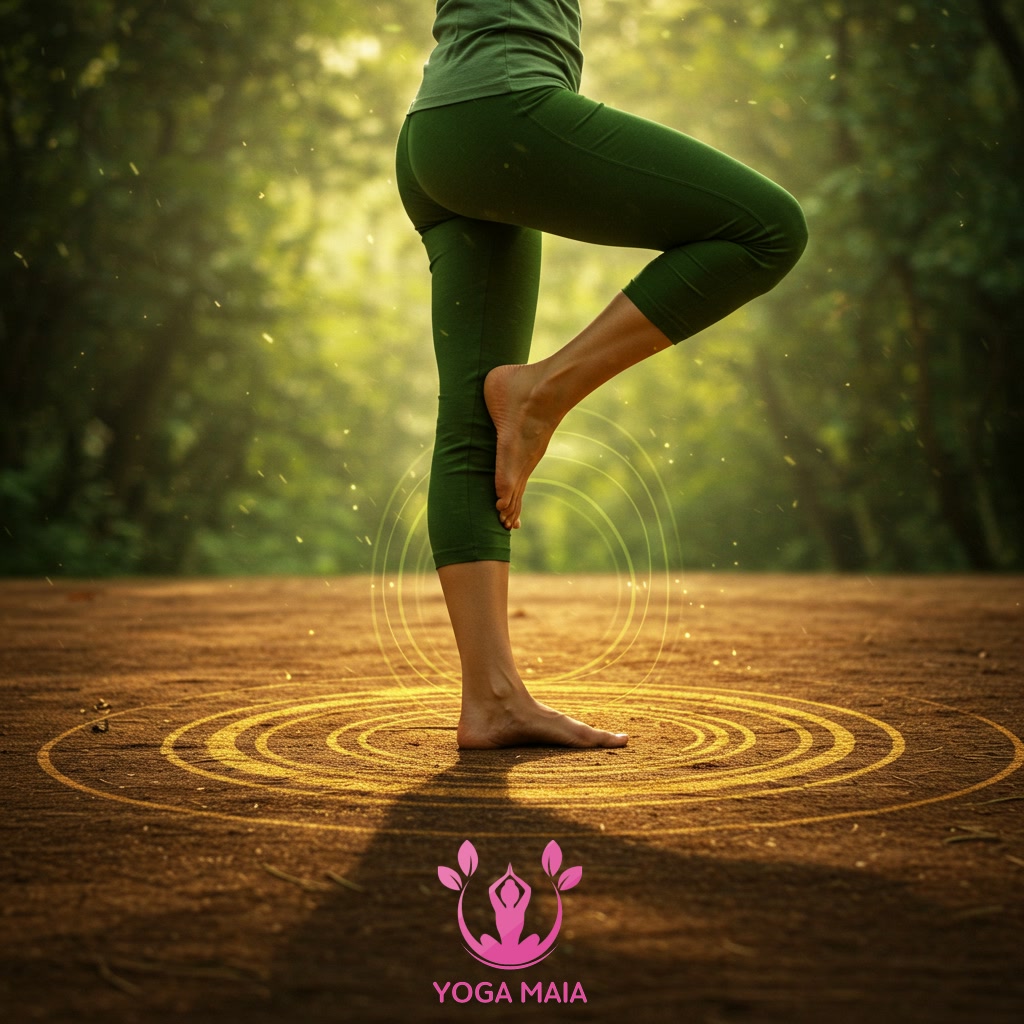
Section 4: Using Breath and Awareness for Stability
Beyond the physical foundation provided by grounding asanas, cultivating true stability profoundly involves the conscious use of breath and focused awareness. Pranayama techniques, even as simple as deep, steady inhalations and exhalations, act as a powerful anchor, calming the nervous system and drawing attention away from external distractions and restless thoughts. This deliberate shift of focus inwards, observing the subtle sensations of the body and the continuous rhythm of the breath, grounds the practitioner firmly in the present moment. By consciously engaging the breath and maintaining this present moment awareness, individuals can foster a profound sense of inner stillness and unwavering stability that complements and enhances the physical rooting achieved through posture, leading to a deeper sense of security and presence both on and off the mat.
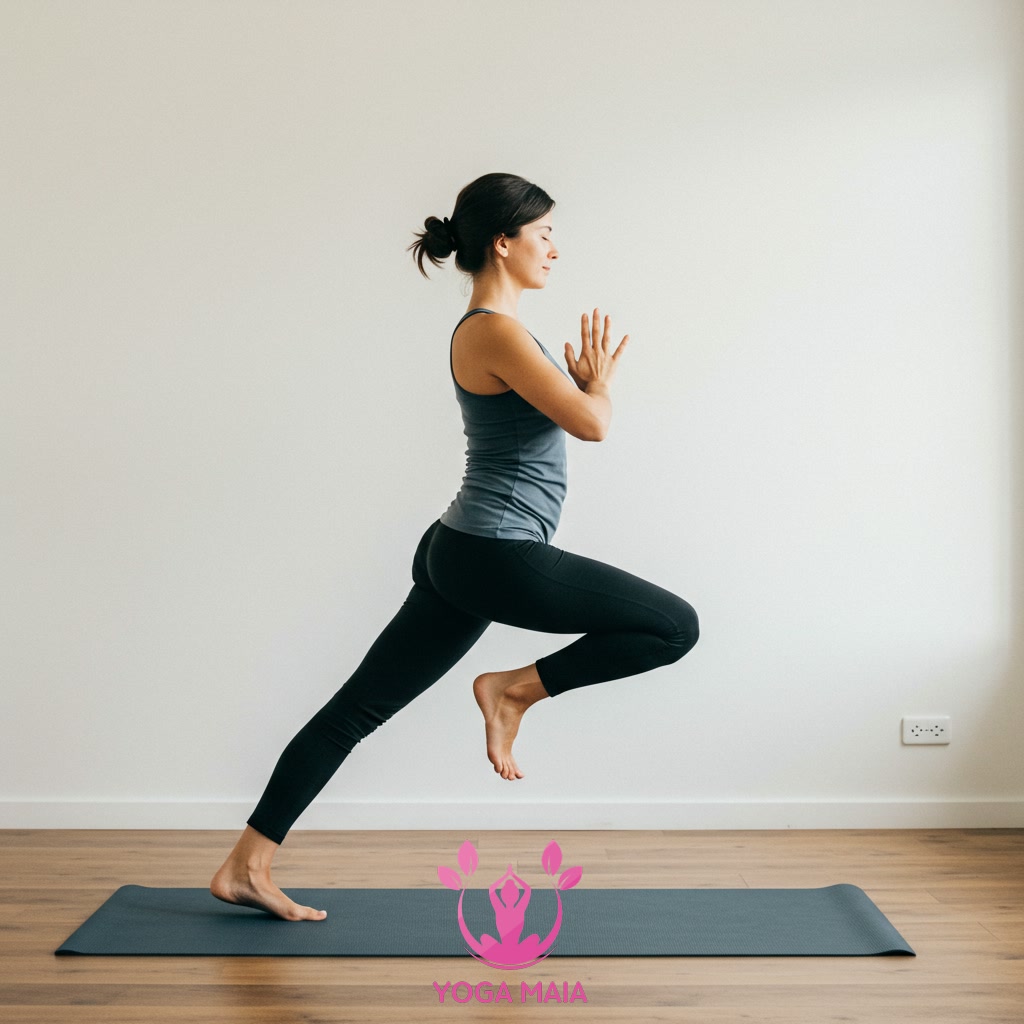
Section 5: Integrating Grounding Principles Beyond the Mat
Building upon the foundation of physical postures, breathwork, and focused awareness cultivated on the yoga mat, true grounding extends far beyond the studio walls. Integrating these principles into daily life involves consciously bringing that sense of stability and presence into everyday activities. Whether navigating a stressful work situation, engaging in challenging conversations, or simply walking down the street, the practice is to recall the feeling of being rooted. This might involve pausing briefly to feel your feet on the ground, taking a conscious, steadying breath, or approaching tasks with mindful awareness rather than hurried reactivity. By consistently applying these simple techniques off the mat, you strengthen your capacity to remain centered and resilient amidst life’s demands, transforming yoga’s lessons into practical tools for enhanced stability and emotional balance in every moment.
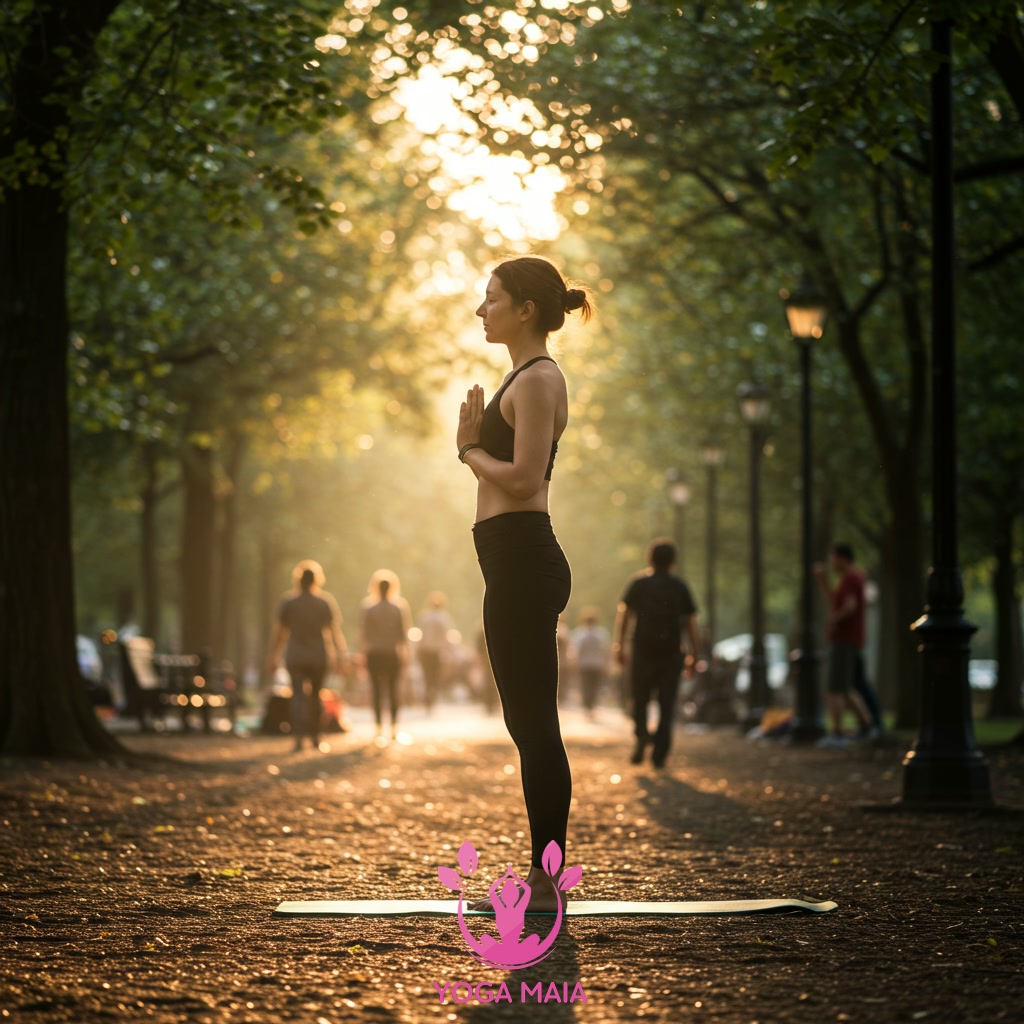
Section 6: Conclusion: Embracing a More Grounded Existence
As we conclude this exploration, it becomes clear that the practice of yoga offers a profound pathway to enhanced grounding and stability. By consciously engaging with physical postures, regulating the breath, and cultivating focused awareness, we build an inner reservoir of steadiness. This journey extends beyond the confines of the yoga mat, empowering us to navigate the complexities of daily life with greater presence, resilience, and balance. Embracing a more grounded existence is an ongoing process, a continuous return to the core of our being, allowing us to stand firm amidst life’s currents and experience a deeper sense of security and peace.
